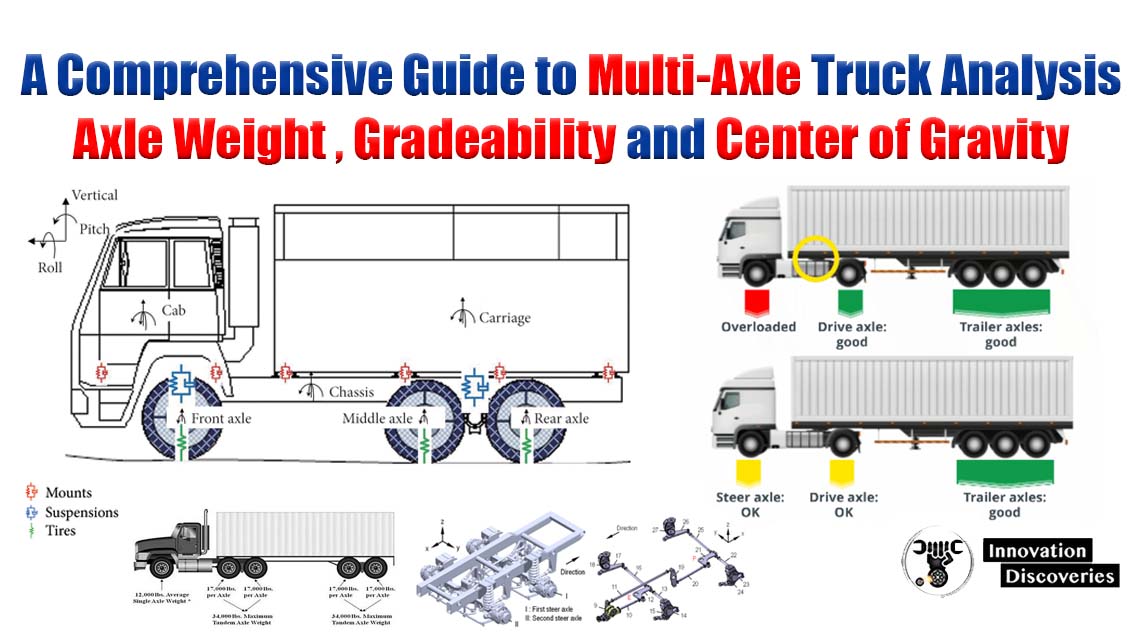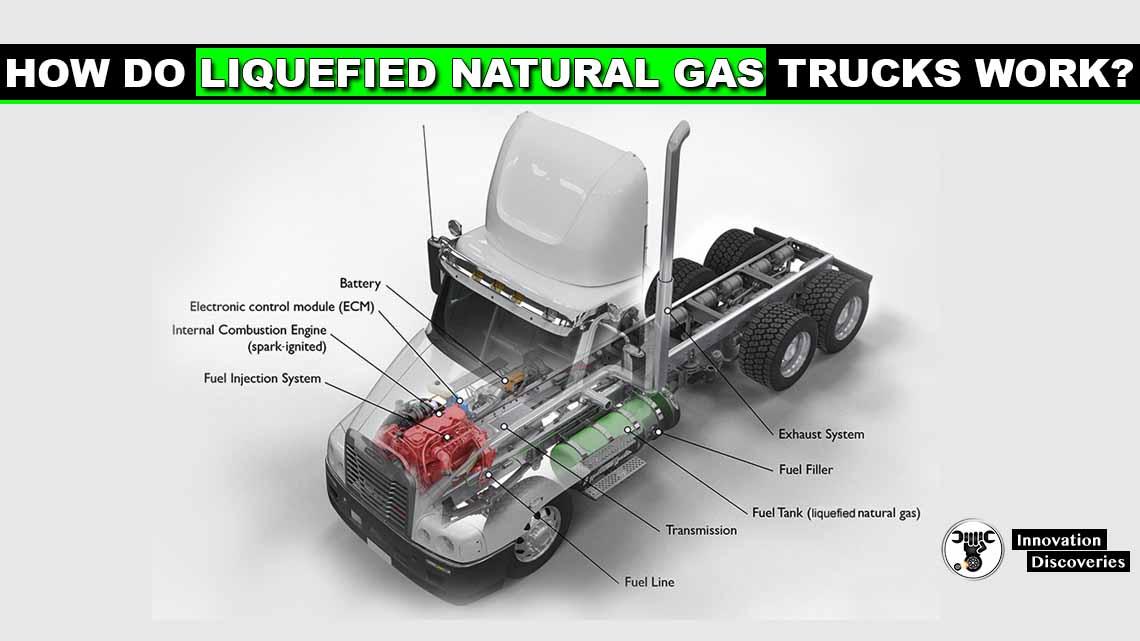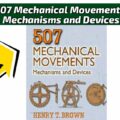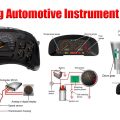
Introduction:
Multi-axle trucks are an essential component of the logistics industry, supporting the transportation of goods worldwide. To ensure their safe and efficient operation, engineers and operators must understand critical aspects such as axle weight distribution, gradeability, and the center of gravity.
In this article, we delve into the calculations and considerations that contribute to optimizing the performance of multi-axle trucks in various applications.
Axle Weight Calculation:
Determining the proper distribution of weight across the axles of a multi-axle truck is crucial to comply with regulations and ensure the vehicle’s stability. The following steps provide a general outline for calculating axle weights:
a. Gross Vehicle Weight (GVW) Calculation:
Begin by calculating the Gross Vehicle Weight (GVW), which is the total weight of the fully loaded truck, including the payload and the weight of the vehicle itself.
b. Axle Configuration:
Identify the number of axles and their configurations in the multi-axle truck. For example, in a 10×2 configuration, there are ten wheels in total, distributed over two axles.
c. Distribute Weight Among Axles:
Distribute the GVW among the axles based on the truck’s configuration and the weight distribution design. Equalizing the load across the axles helps ensure proper weight distribution and better handling.
d. Adhere to Legal Limits:
Verify that the weight on each axle does not exceed the legal limits set by authorities. Overloaded axles can lead to structural damage and pose safety hazards on the road.
Gradeability Calculation:
Gradeability refers to a truck’s ability to climb steep gradients while maintaining traction and performance. Calculating gradeability involves several factors:
a. Gross Combination Weight (GCW):
Determine the Gross Combination Weight (GCW), which includes the weight of the loaded truck and its payload.
b. Engine Power and Torque Curve:
Refer to the truck’s technical specifications to obtain information about its engine power and torque curve.
c. Tractive Effort:
Calculate the tractive effort, which represents the force available to propel the truck forward, considering resistance forces like gravity, rolling resistance, and air resistance.
d. Total Resistance:
Assess the total resistance faced by the truck, which depends on the grade of the slope, vehicle weight, and other factors.
e. Calculate Gradeability:
Divide the tractive effort by the total resistance and multiply by 100 to obtain the gradeability percentage. Higher gradeability values indicate better climbing capabilities.
Center of Gravity Calculation:
The center of gravity (CoG) is a crucial parameter that influences a truck’s stability during cornering and maneuvering. To calculate the CoG:
a. Component Weights:
Determine the weights of all individual components of the truck, including the chassis, engine, body, and payload.
b. Distance Measurements:
Measure the distances from a reference point (usually a fixed location on the truck, like the front bumper) to the center of gravity of each component along the x, y, and z axes.
c. Calculate CoG Coordinates:
Use the weighted average of the distances to calculate the x, y, and z coordinates of the center of gravity.
Conclusion:
Understanding and calculating axle weight, gradeability, and center of gravity for multi-axle trucks are essential for ensuring their safe and efficient operation.
Engineers and operators can use these calculations to optimize truck performance, comply with regulations, and enhance overall safety on the roads.
However, due to the complexity of these calculations and their critical role in vehicle safety, it is advisable to involve qualified engineers and specialized tools for accurate measurements and analysis.
Visit ForumVisit Our Friendly Website






